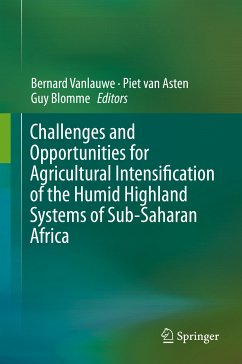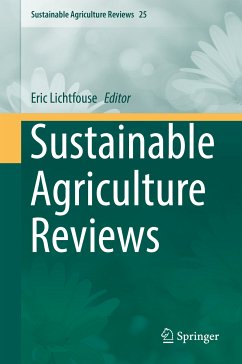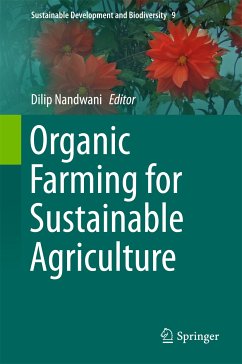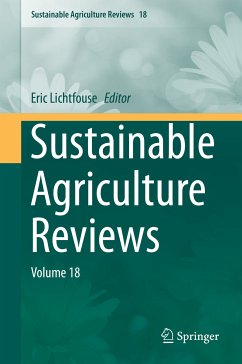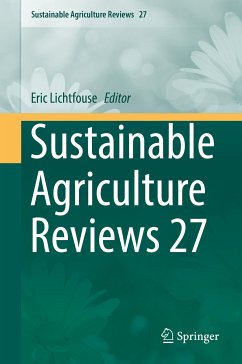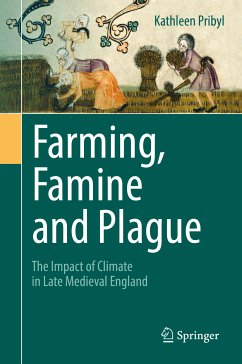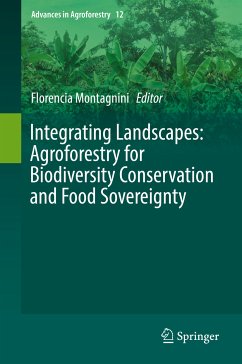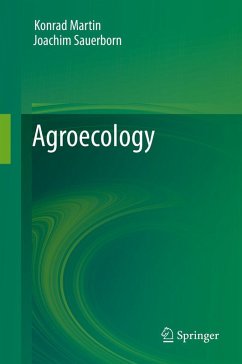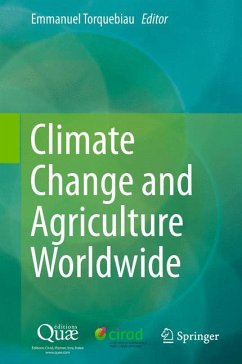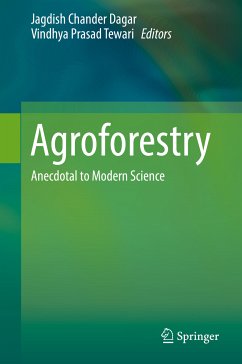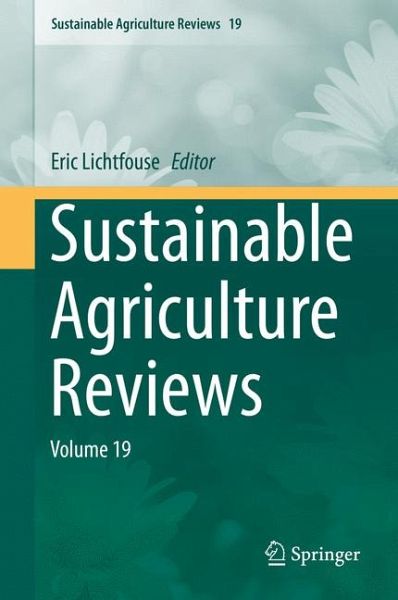
Sustainable Agriculture Reviews (eBook, PDF)
Volume 19
Redaktion: Lichtfouse, Eric
Versandkostenfrei!
Sofort per Download lieferbar
128,95 €
inkl. MwSt.
Weitere Ausgaben:

PAYBACK Punkte
64 °P sammeln!
This book features articles that analyze current agricultural issues and knowledge. It also proposes novel, environmentally friendly solutions that are based on integrated information from such fields as agronomy, soil science, molecular biology, chemistry, toxicology, ecology, economics and the social sciences.Coverage examines ways to produce food and energy in a sustainable way for humans and their children. Inside, readers will find articles that explore climate change, increasing food and fuel prices, poor-nation starvation, rich-nation obesity, water pollution, soil erosion, fertility lo...
This book features articles that analyze current agricultural issues and knowledge. It also proposes novel, environmentally friendly solutions that are based on integrated information from such fields as agronomy, soil science, molecular biology, chemistry, toxicology, ecology, economics and the social sciences.
Coverage examines ways to produce food and energy in a sustainable way for humans and their children. Inside, readers will find articles that explore climate change, increasing food and fuel prices, poor-nation starvation, rich-nation obesity, water pollution, soil erosion, fertility loss, pest control and biodiversity depletion.
Instead of solving problems using the classical painkiller approach, which seeks to limit negative impacts, sustainable agriculture treats challenges at their source. Because most societal issues are in fact intertwined, global, and fast-developing, sustainable agriculture will bring solutions that have the potential to build a more peaceful world. This book will help scientists, decision-makers, professors, farmers and politicians build safer agriculture, energy and food systems for future generations.
Dieser Download kann aus rechtlichen Gründen nur mit Rechnungsadresse in A, B, BG, CY, CZ, D, DK, EW, E, FIN, F, GR, HR, H, IRL, I, LT, L, LR, M, NL, PL, P, R, S, SLO, SK ausgeliefert werden.



